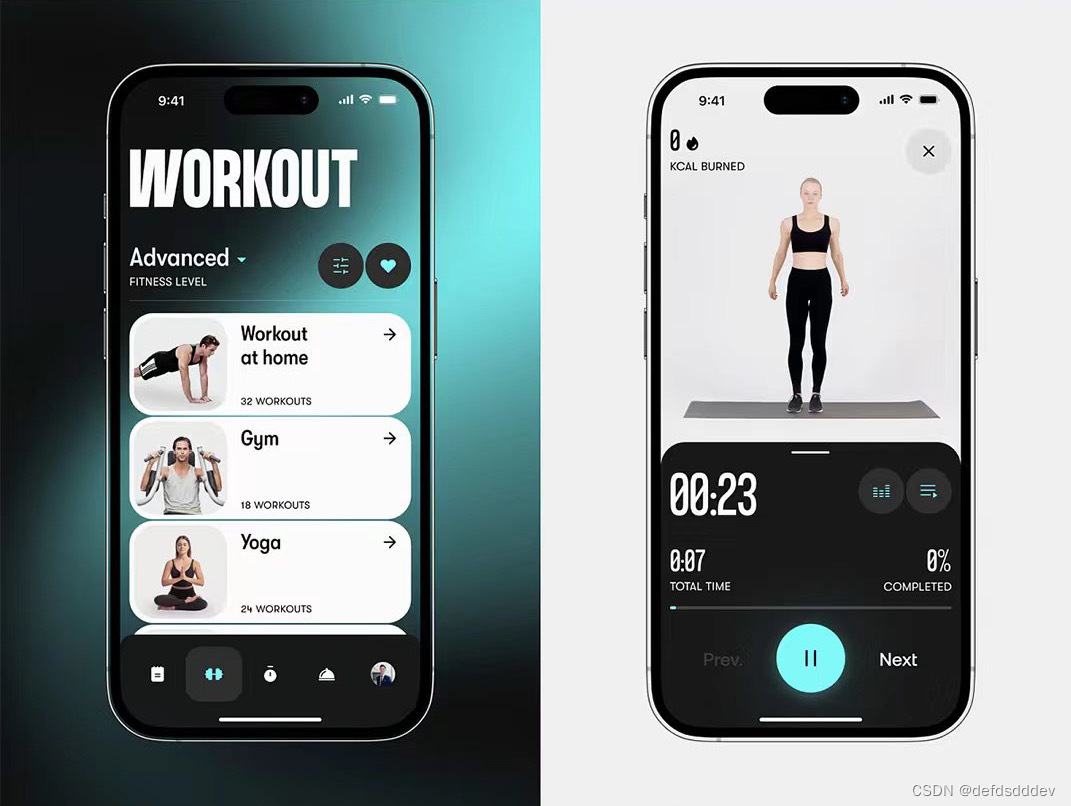Requirements analysis is a key step in software development. Its purpose is to determine what kind of software users need and what tasks the software should accomplish. Requirements analysis is the early work of software engineering and the basis for the success of software projects, so it is worthwhile to spend a lot of energy and time on requirements analysis. Today, I will share with you the method of software requirements analysis and some tools, hoping to help you. Beijing Muqi Mobile Technology Co., Ltd., a professional software outsourcing development company, welcomes exchanges and cooperation.

The following are some commonly used requirements analysis methods and tools:
Requirements analysis method:
1. Interviews: Talk directly to users to understand their needs and expectations.
2. Questionnaire survey: Collect the needs and feedback of a large number of users through questionnaires.
3. Interviews: Through interviews with users, gain an in-depth understanding of their needs.
4. Observation: Understand user needs by observing their behavior.
5. Focus group: Understand the common needs of users by organizing focus group discussions.
6. Prototype method: By creating a software prototype, let users try it out and collect their feedback.
Requirements analysis tools:
1. JIRA: This is a project management tool that can be used to track requirements and tasks.
2. Trello: This is a Kanban-style project management tool that can be used to record and track requirements.
3. Microsoft Visio: This is a drawing tool that can be used to create flowcharts and data models of requirements.
4. Lucidchart: This is an online drawing tool that can also be used to create flow charts and data models for requirements.
5. Balsamiq: This is a prototyping tool that can be used to create software prototypes and collect user feedback.
6. Axure: This is a professional prototyping tool with powerful functions that can be used to create high-fidelity software prototypes.